Room, by Emma Donoghue is narrated by a young boy, Jack, who has just “celebrated” his fifth birthday. For reasons you learn pretty quickly in the book, Jack has never known a human being other than his mother, who he calls “Ma.”
I have to admit, I’ve never been fond of
…more books narrated by children, but Room, for me, was especially odious. “Ma” has created characters out of all the objects in “Room” and Jack refers to them as though they are real, living, breathing persons. There’s “Wardrobe” and “Rug” and “Plant” and “Meltedy Spoon.” One page of this is bad enough, but an entire book? It took a lot of determination for me to finish the thing. Here is Jack describing a typical day in "Room":
We have thousands of things to do every morning, like give Plant a cup of water in Sink for no spilling, then put her back on her saucer on Dresser.... I count one hundred cereal and waterfall the milk that’s nearly the same white as the bowls, no splashing, we thank Baby Jesus."
Well, a paragraph of that here and there might have worked, but a whole half of a book? Not on your life. And this is a kid who can sing along to Eminem and Woody Guthrie music videos. He knows the latest dances. He listens to people speak on TV. His own mother, the only person with whom he converses, speaks normally. He uses words like “rappelling” and “hippopotami” with ease. Heck, he even knows more about the fall of the Berlin Wall than many Germans. So what’s with the almost unintelligible baby talk? I know he’s only five, but other than his horrendous speech, he seems to be a very precocious five. And please. How many rundowns of “Dora the Explorer” or “Spongebob Squarepants” can one reader take without wanting to throw the book across the room?
The story of Room is split into two parts, the first part occurring in “Room” and the second part occurring “Outside." The transition from "Room" to "Outside" is, to put it mildly, totally ludicrous. For a kid who doesn’t even believe the outside world exists, to do what Jack did is beyond belief.
Once we realize the basic premise of "Room," one would think it would take on a particularly sinister quality. Instead, it’s painfully boring and slow going and almost totally lacking in suspense. Because Donoghue confines her point of view, at least in the first half of the book, to Jack, the insight we get is painfully mundane, and well, boring. The second half feels forced and shallow and contrived.
Some people have made the remark that Donoghue captures perfectly the voice of a young child. I don’t think she does. However, for the sake of argument, let’s just say that Donoghue does capture a five-year-old’s speech pattern perfectly. How many books written by five-year-olds do you find engrossing and enlightening? My bet is none. Five-year-olds can be cute in small doses and of course we love them and want the best for them, but let’s be truthful, they really aren’t very insightful or interesting for long periods of time, and neither is Jack.
I also felt Donoghue glossed over the difficult transition that takes place at the about the book's midpoint. I felt the second half of the book lacked depth just as the first half did, though in a different way. For reasons known only to Donoghue, she chose not to explore the rich store of human emotions she could have mined. There was a curious disconnect between the intense trauma “Ma” and Jack would have had to suffer and the blitheness with which Donoghue relates their story.
And what of the unnatural bond formed between Jack and “Ma” while in “Room?” Yes, I realize that two people in their situation are going to form a deep bond, but once that situation changes, then some separation and setting of boundaries is going to be necessary in order to promote mental and emotional health. But Donoghue never explores this facet of “Ma’s” and Jack’s life, though clearly, she realized it exists. At one point, Jack says of himself, “Maybe I’m a human, but I’m a me-and-Ma as well.” That outlook might have served him well in “Room” but it’s a dangerous one to cultivate in “Outside.”
Donoghue took a real risk with Room and I applaud her for her courage. I think this is going to be a very polarizing book – people will probably either love it or hate it. They will feel it worked wonderfully or they will feel it didn’t work at all. Obviously, for me, it didn’t work at all. I thought the premise was wonderful, but I felt Donoghue failed to deliver. I honestly can’t understand how this book even made the Booker longlist, let alone the shortlist. I expect more depth and insight from a Booker nominated work. Do I think Donoghue was a lazy storyteller with Room? I don’t know if I’d go that far, but I do think she capitalized on gimmicks and topicality, and I was very disappointed. In the end, the whole thing felt like a cheap trick to me, and after reading it, I felt like I had to go take a long, hot shower.
1/5 (less)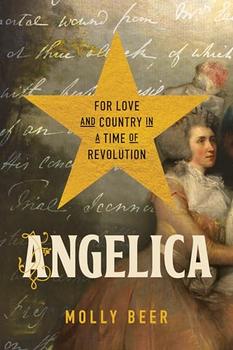
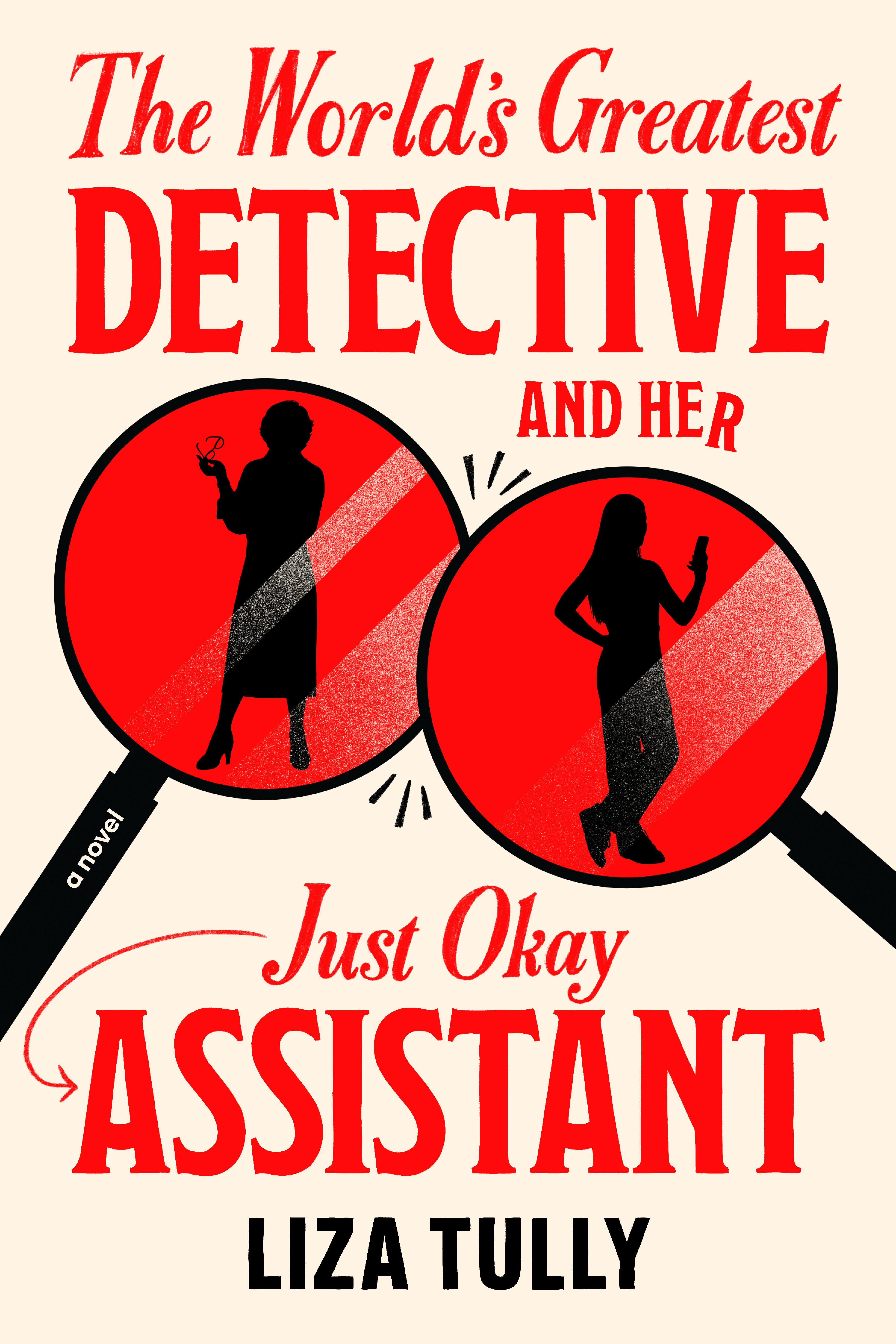
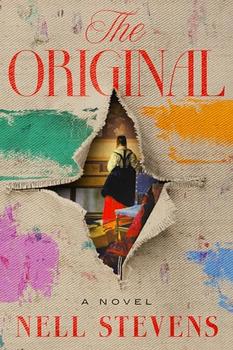


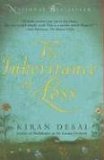


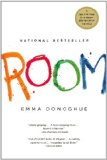
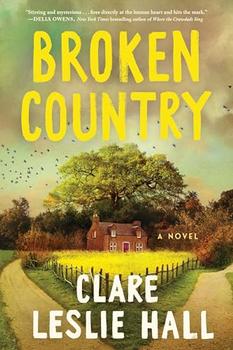
.png)
